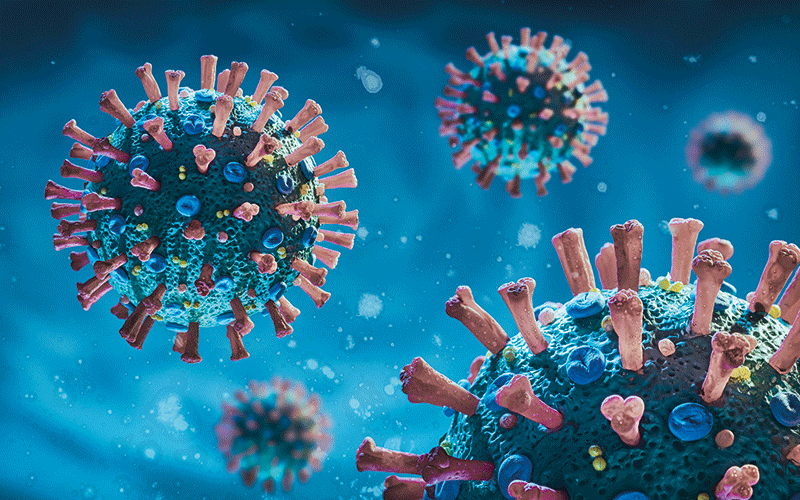Development of vaccines against SARS-CoV-2 has been rapid, but the rise of variants forces scientists to frequently modify treatments.

Researchers have now developed a system that directly targets and degrades the viral RNA genome, reducing infection in mice. The method could be adapted to fight off many viruses, as well as treat various diseases, they claimed.
Vaccines and antiviral drugs typically target proteins critical to viral infection and replication. This targeting induces evolutionary pressure for the virus to mutate, however, reducing the effectiveness of existing treatments and requiring development of new vaccines and drugs. To get around this issue, the researchers turned to targeting highly conserved structures within the viral RNA genome.
The team used pyridostatin (PDS), which binds to G-quadruplex (G4) RNA structures, and MTDB, which binds to betacoronaviral pseudoknots, as the RNA-binding molecules.
The researchers then appended each compound with a flexible linker and imidazole and called these molecules proximity-induced nucleic acid degraders (PINADs). By bringing imidazole into close proximity to the RNA, both PINADs degraded SARS-CoV-2 RNA. The compounds were effective when tested in cells infected with SARS-CoV-2 and its alpha and delta variants.
Image credit | iStock



